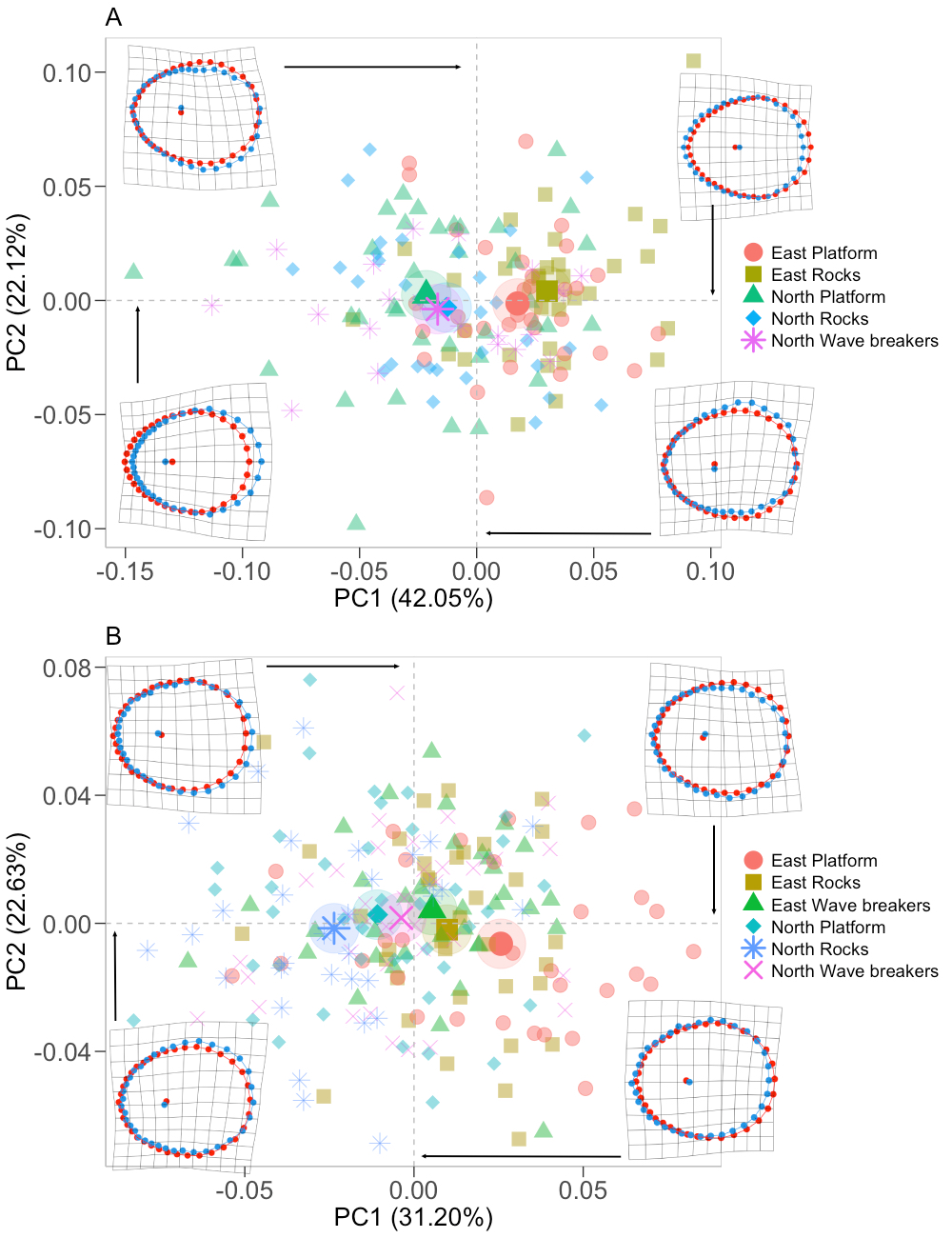This is me

Currently, I am an Associate Professor at the University of Las Palmas de Gran Canaria (Canary Islands, Spain). Chek out our awesome work.
My research interests are mostly related to coastal marine ecosystems, comprising a wide range of topics such as, effects of human-driven perturbations, biodiversity, conservation, environmental assessment, etc.
In recent years, I am broadly interested in small and large-scale patterns of coastal diversity to understand the role of species diversity, functional traits and interactions between species in the organization of marine benthic communities.
I also integrate approaches from experimental ecology, functional ecology, behavioral ecology, together with taxonomy and quantitative statistical analysis. From these general research interests, my current themes include:
- EDGE effects in FRAGMENTED landscapes.
- METApopulations and METAcommunities.
- Patterns of BIODIVERSITY, with focus on coastal benthic communities.



